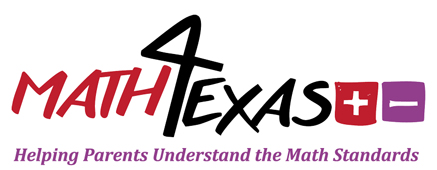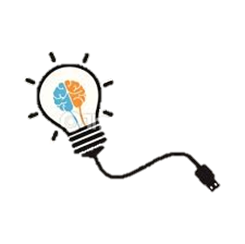T.i.P.S.
-
 Students will use their prior knowledge of budgets and personal financial literacy from previous grade levels to identify the components of a personal budget. Budget components may include items such as rent/mortgage, groceries, eating out, clothing, gas, car payment, entertainment, household items, utilities, savings, etc. Students should also be able to calculate the percentage of the total budget the individual budget item takes up. Students should also be able to identify whether the budget items are a fixed or varied expense.
Students will use their prior knowledge of budgets and personal financial literacy from previous grade levels to identify the components of a personal budget. Budget components may include items such as rent/mortgage, groceries, eating out, clothing, gas, car payment, entertainment, household items, utilities, savings, etc. Students should also be able to calculate the percentage of the total budget the individual budget item takes up. Students should also be able to identify whether the budget items are a fixed or varied expense.
Example
-
The Anderson’s monthly family budget is given in the circle graph below.Approximately what percentage of the Anderson’s monthly budget is spent on transportation?
Digital Tools
-
Click on the following links for interactive games.
Resources
-
Click on the following links for more information.
TEKS
-
Supporting Standard
7.13 Personal financial literacy. The student applies mathematical process standards to develop an economic way of thinking and problem solving useful in one's life as a knowledgeable consumer and investor. The student is expected to:
(B) identify the components of a personal budget, including income; planned savings for college, retirement, and emergencies; taxes; and fixed and variable expenses, and calculate what percentage each category comprises of the total budget





 Click
Click 

